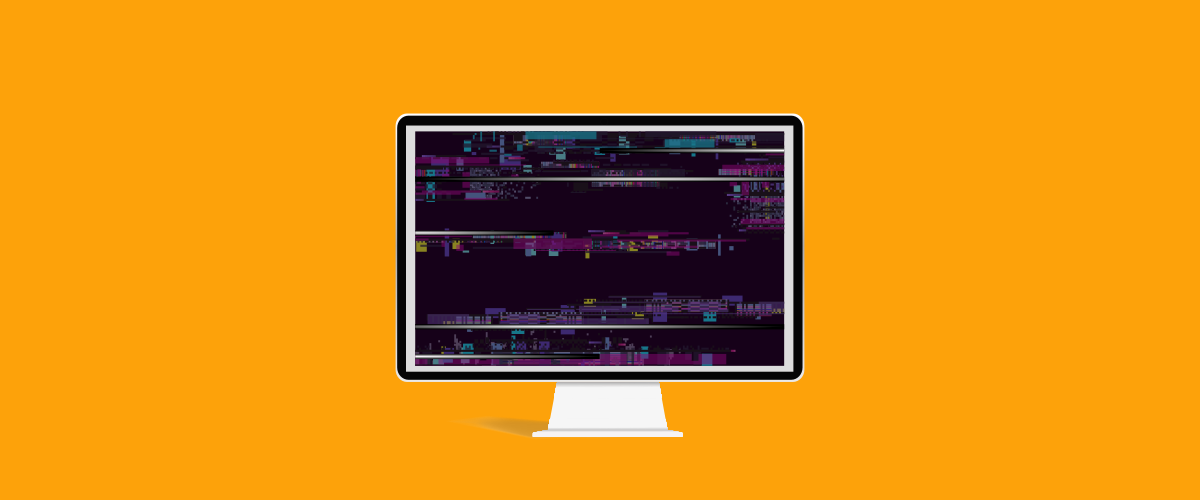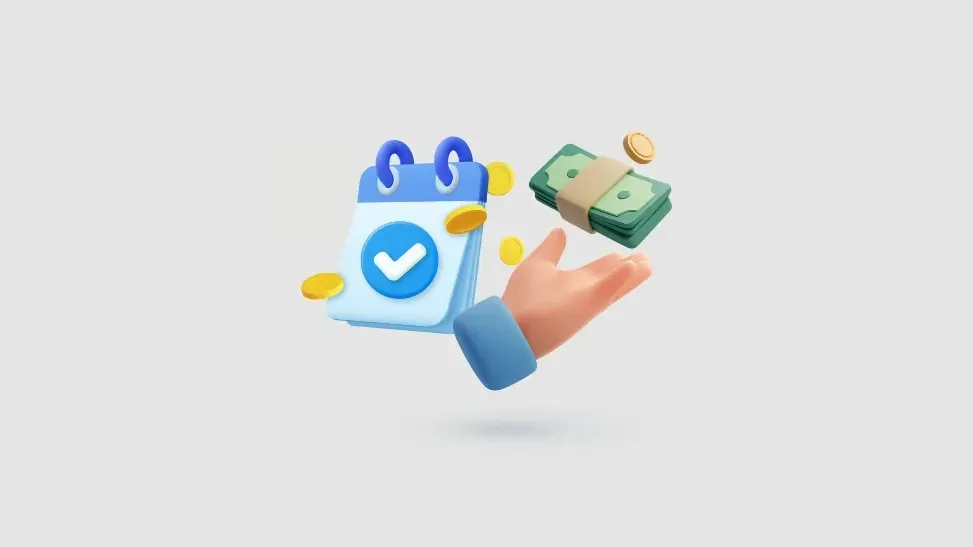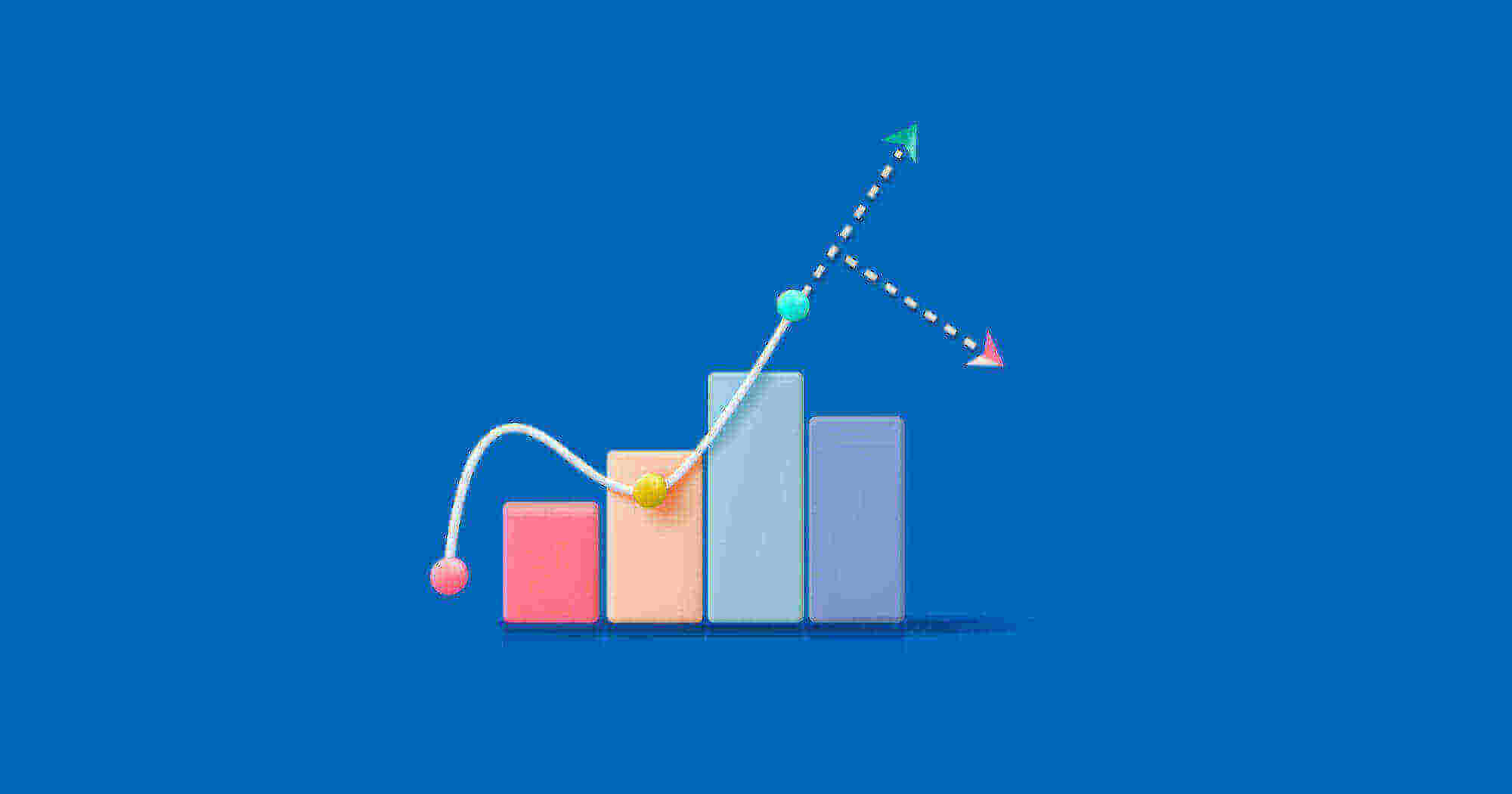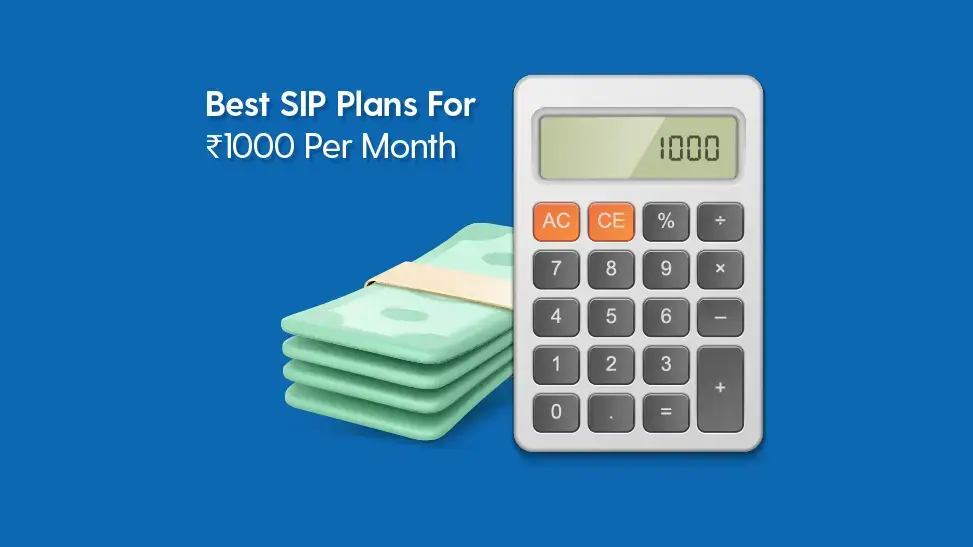Black Monday 1987: A Computer Failure and Overvalued Market Resulted in a 22.6% Drop

- Published Date: January 06, 2021
- Updated Date: July 11, 2022
- By Team Choice
On October 19 (Monday) in 1987, the US stock market saw an abrupt drop in stock prices. It was the biggest one-day plunge in the history of the stock market. The Dow Jones Industrial Average (DJIA) fell faster than a skydiver without a parachute, falling by 22.6% leading to a loss of 506 points to 1738.74 in a single trading day. Over the years, investors saw the market and economy as a glass half full. Just after the crash, they saw it as a glass half empty.
How did it start?
The world saw a major, sudden, and unexpected market crash, that started in Hong Kong, Tokyo. The market turned bear when the sell-off began reacting to the drop of 236 points in the Dow Jones and Nikkei averaging down 260 yen. Afterwards, a chain producing a similar series of domino effect started spreading to all of Asia. Later, the fever of selling made its way to the west. The federal government of the US disclosed the unanticipated trade deficit, falling dollar value, and its plans to reduce the tax benefits regarding mergers and acquisitions which led to fear among the investors. At the end of the day on 14th October 1987, the stock market fell by 4%. The very next day, the market fell by 2.5%, and on Friday, the market was down by 4.5%. All these issues triggered the sell signal in the computerised trading.
Then came the black Monday on 19th October 1987, thousands of computer programs got triggered, selling billions of dollars in the stock market from around the world. Following the panic, the S&P 500 tumbled by 20.4%, dropping 57.64 points.
Reason for the stock market crash
Research Analysts and economists gave the following fundamental reasons for the crash: -
- Market Correction coming its way - From 1982 to 1987, the stock market gave a bull run. In 1981, Mr. Ronald Reagan became the President of the United States and got attributed to causing a boom in the stock market using his Reaganomics policy. He reduced taxes which led to an increase in profit after tax of the companies. The company’s earnings and stock market value went hand in hand. Besides, in that year unemployed people dropped drastically from 11% to 6%. During this time, the stock market value grew by 3.5 times regardless of the sinking economic conditions, which signaled of the market being overvalued.
Overvalued stocks are more likely to witness a price decline and return at their actual value. In short, the bull market was due for a correction.
- Dollar in freefall – from 1982 to 1986, the trade deficit of the US increased by six times. It was at $ 20 billion in 1982, which grew to $ 132 billion in 1986. A country faces a trade deficit when its imports exceed exports. The USA adopted a liberal import policy that led to high imports. However, the world wasn’t open for a buy-in. All that reduced the dollar value as exports drop and the worth of currency declined with it. Owing to the drop investors started investing in outside market. Taking action on the reaction of the investors the central bank of the USA reduced the money circulating in the economy so that less money remains in the hands of investors. The process caused a surge in the interest rate, and subsequently, investors took their money out from the stock market resulting in a sell-off on 16th October 1987. The initiation of a fall occurred with the Dow Jones falling 4.6%.
- Portfolio Insurance - Big institutions and investors feared of the market going unpredictable, so to reduce the risk they short futures in S&P 500 stocks, intending to recover a large amount of loss in case of an unexpected fall. This method is also called hedging. To gain profit from a market drop, investors increased their short positions. Ultimately, the falling market generates profit for investors. Sudden and a large fall in the market, further attracts other big institutions to short their positions in the future. The bearish mood in future negatively affect the stock price, and the share price falls that gives strength to bears, and more investors come to sell in future.
- Computer failure – program trading with computers got hooked into Wall Street in the early 1980s. The plan was to provide portfolio stocks with just a click of a button. The program trader single-handedly was capable of lowering the value of stocks. The shares if part of the DJIA could move the Dow. The computers were filled with programs of buying/selling and executing stop-loss orders automatically. For instance – if the stock price decreased by 10%, the programmed computer would sell the stock instantly. Following a drop of roughly 11% in consecutive three days, the sell signal got triggered. As securities got sold at large volume, the stock price went down further triggering the selling orders. This spiral went back and forth, making the situation worse.
Facts about the crash of 1987
The crash of 1987 was quite unusual, if we compare it to the economic collapse of 1929. The 1929 bubble burst created a domino effect where one after the other incidents devastated the economy. On the other hand, the crash of 1987 was rapid and sudden that marked the record-breaking one-day plunge, and then went away. Surprisingly, the economy grew from 1987 to 1988, and the market moderately recovered till 1989.
Comparatively the market crash of 1929 generated a 12 points 82% drop that was half the rate of Black Monday. The strings of crash got a spot in different world markets. The least affected country was Austria, with a drop of 11.4%, and the worst to get hit was Hong Kong, falling at a whopping 45.8%.
Summing-up
Five million dollars’ worth of stocks sold instantaneously and the wealth of the investors crumbled into nothing as programmed trading took its ultimate art form. Taking lessons from the crash circuit breaker got implemented to stop the panic selling and create an ideal time for a market correction.
Recommended for you

How To Check Your Income Tax Refund Status in India

Indian Stock Market Prediction For Next Week

FII DII Data - Live Data
